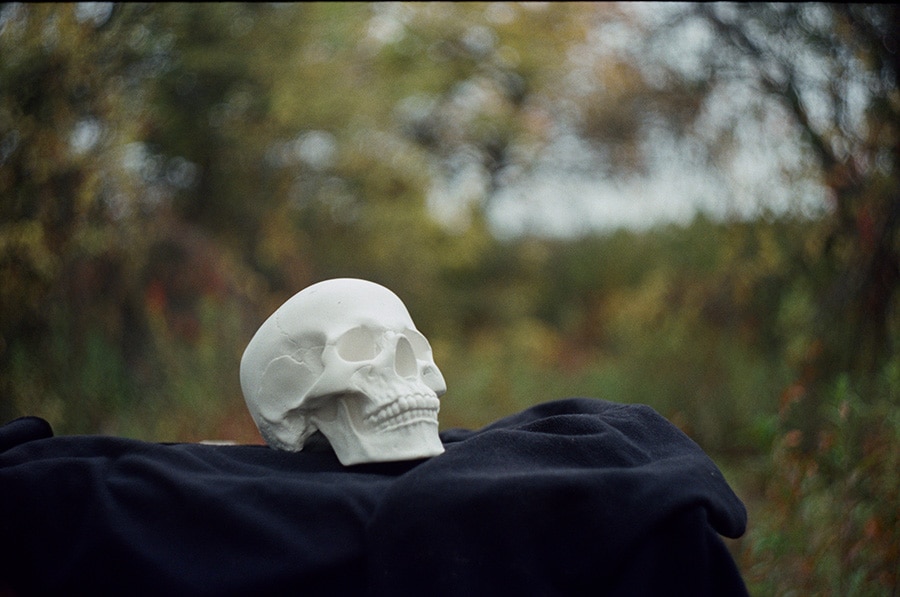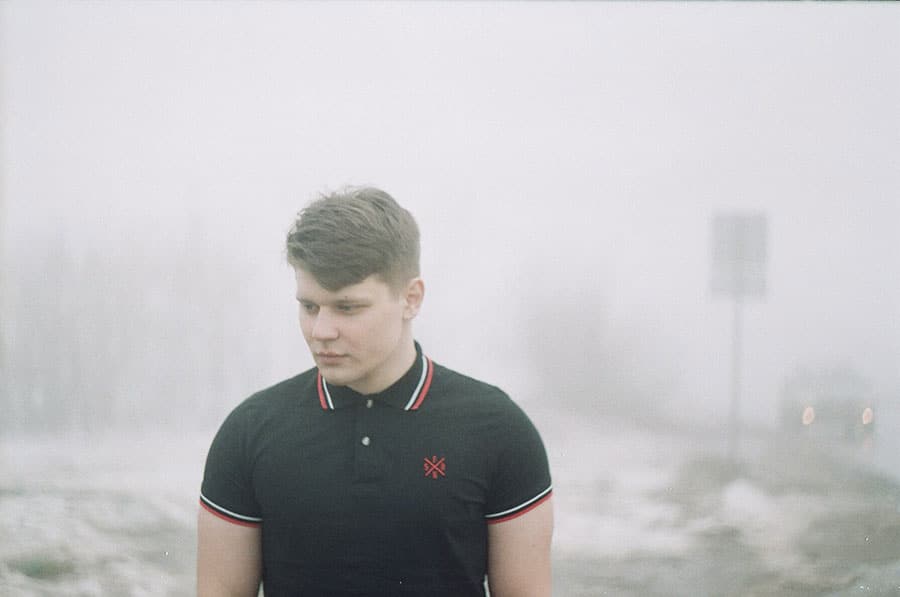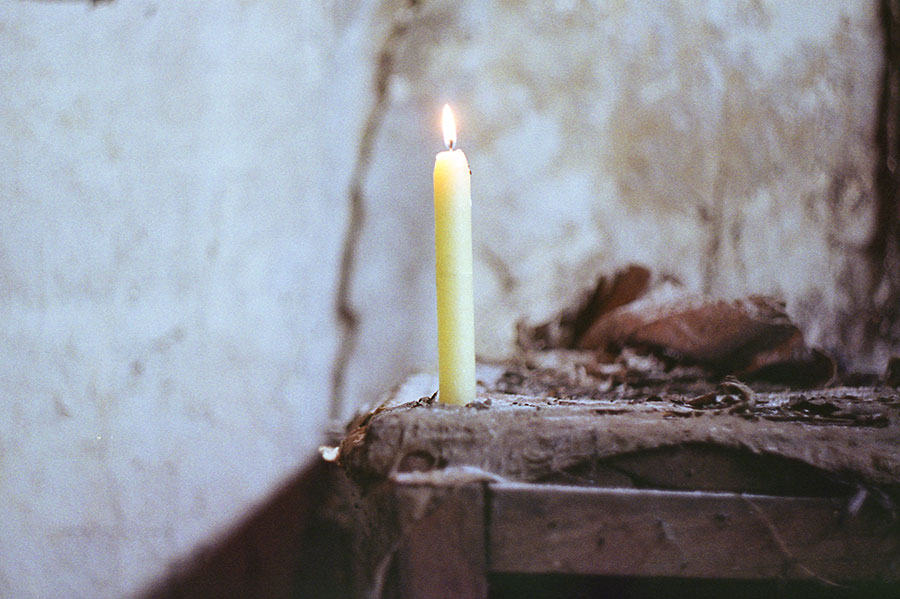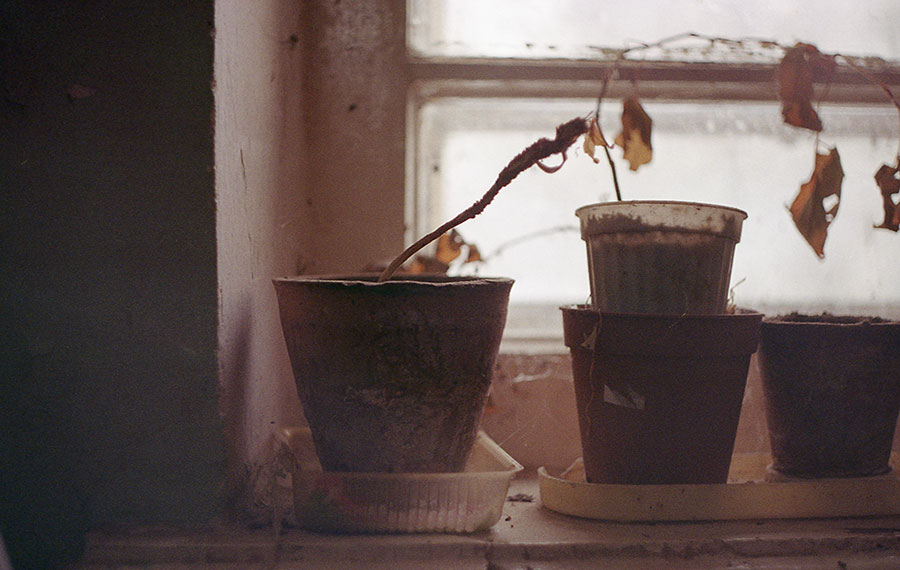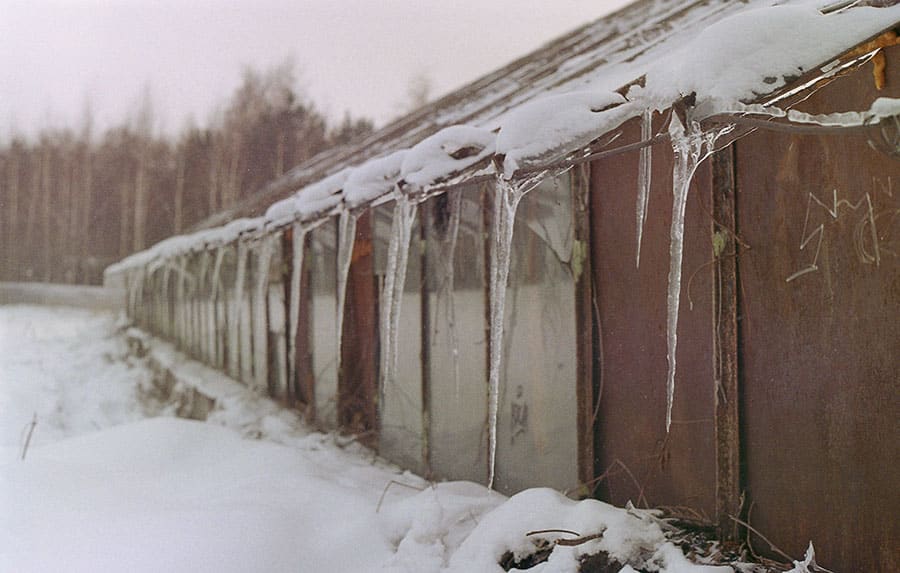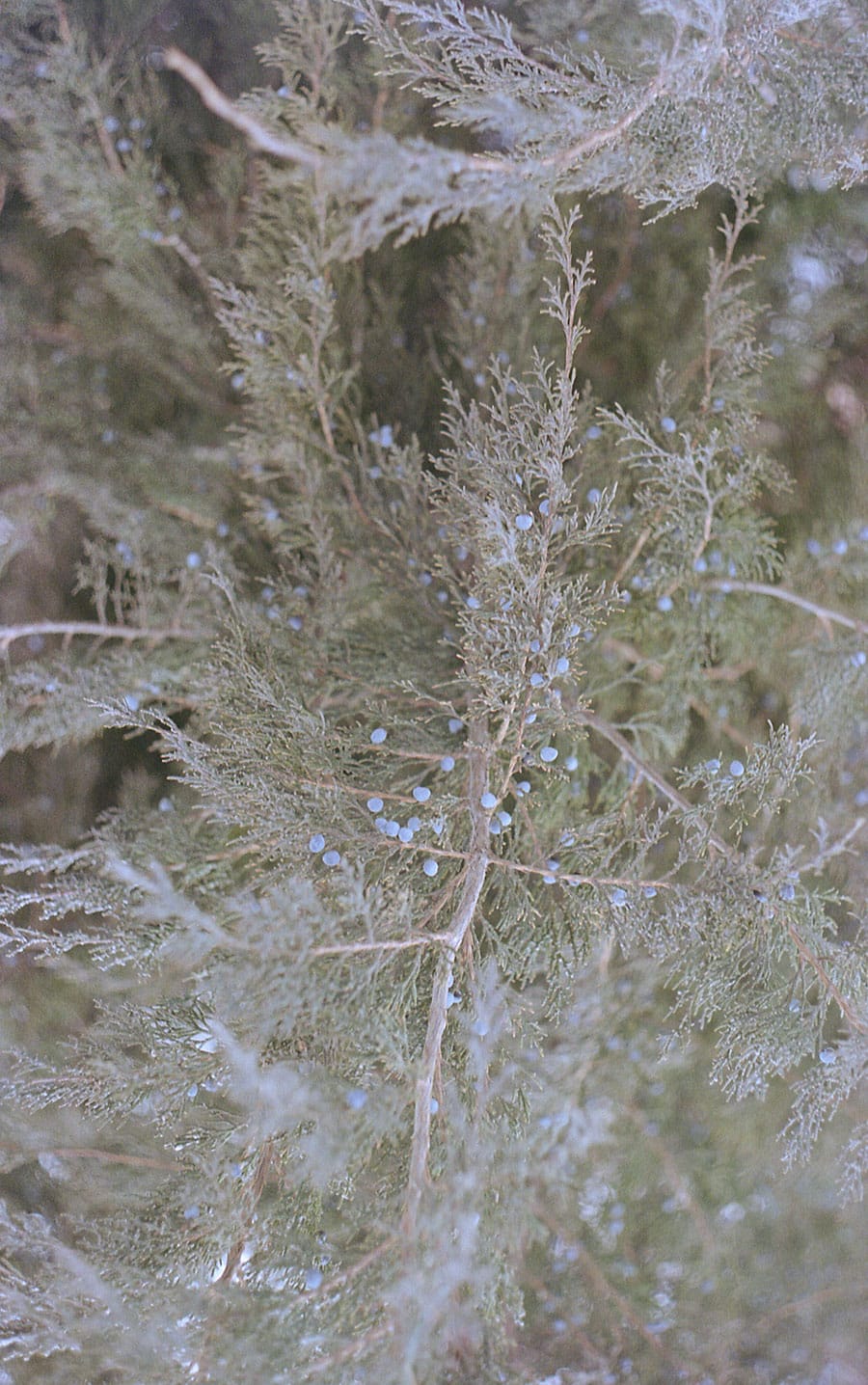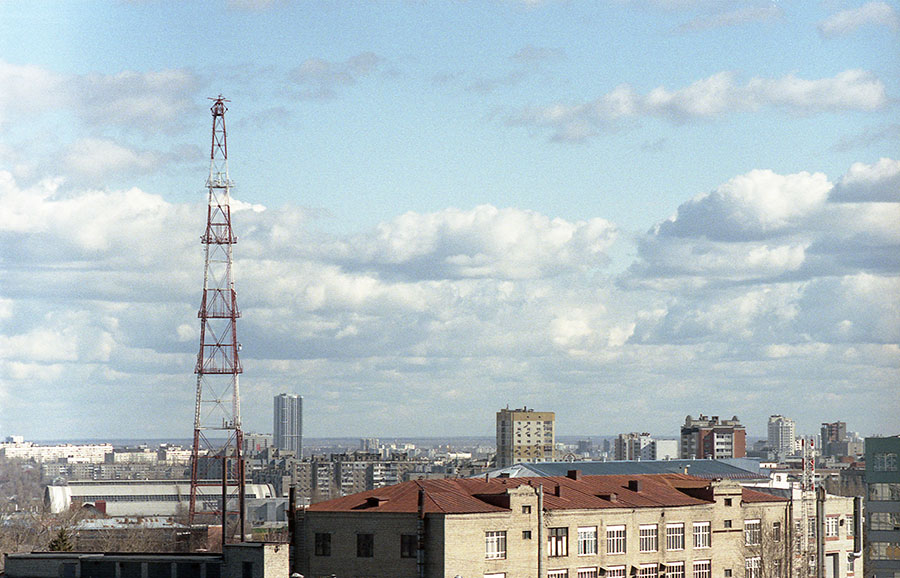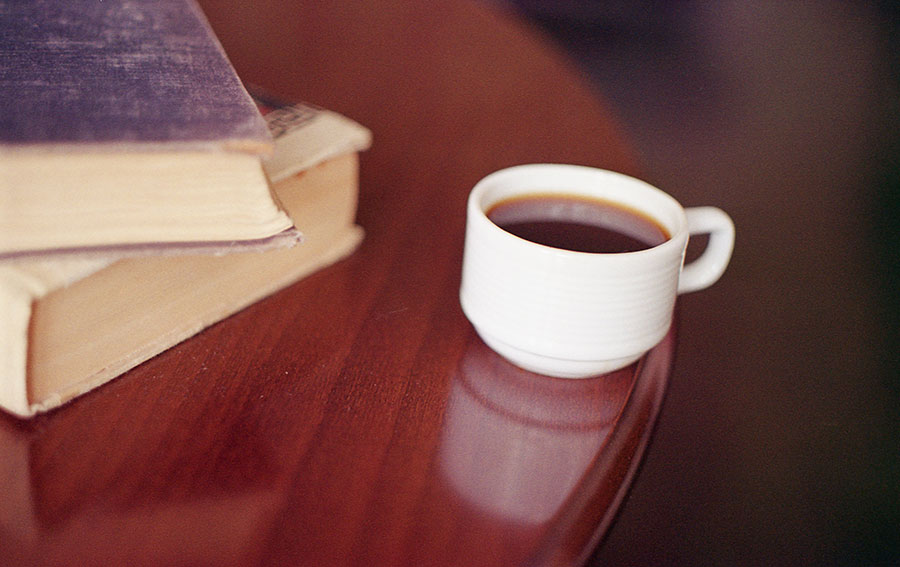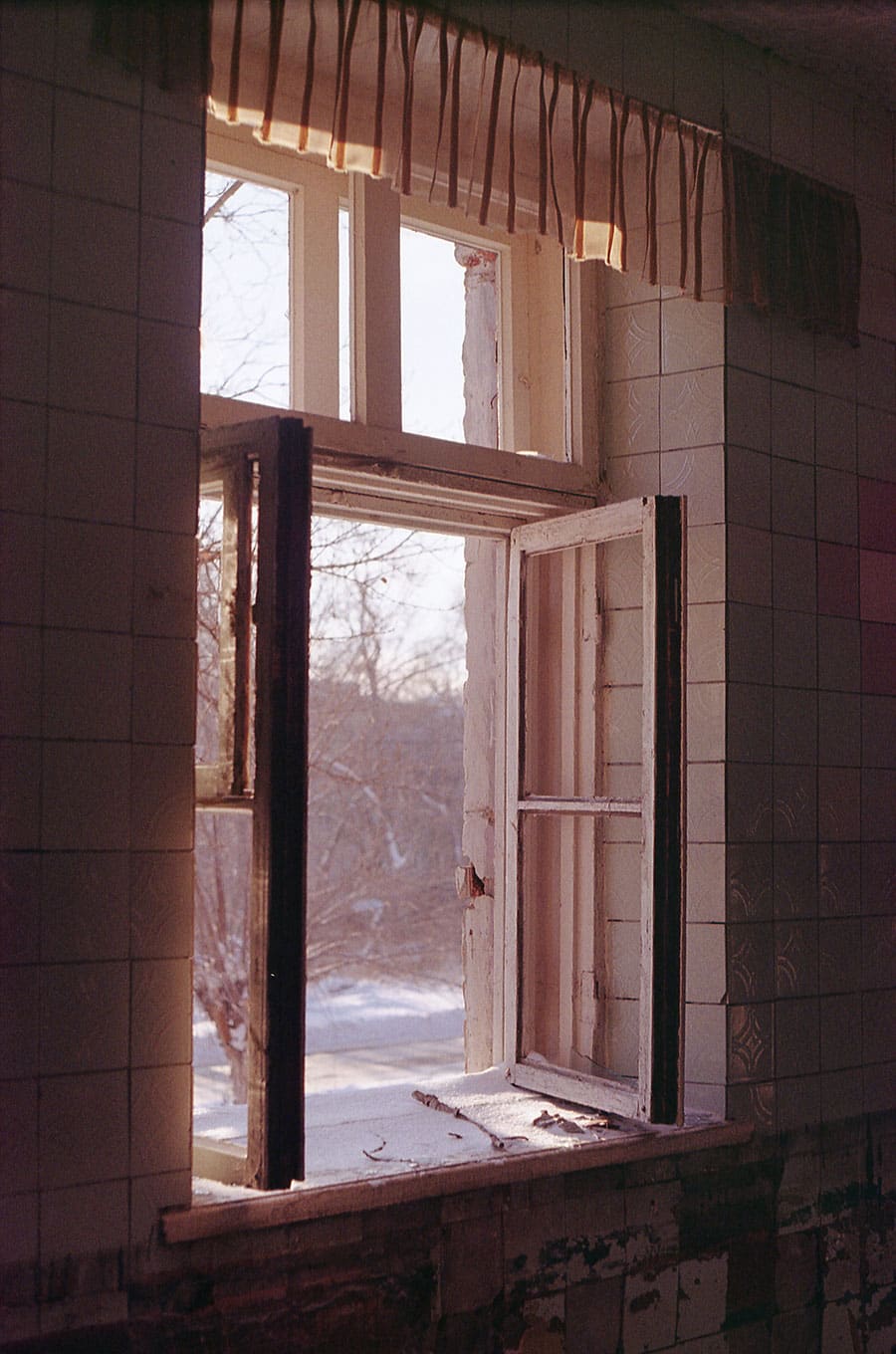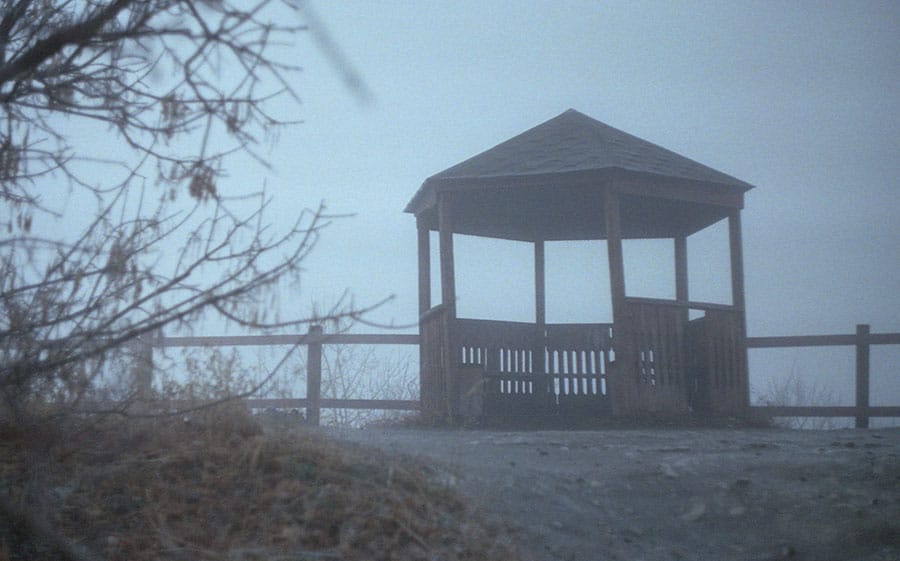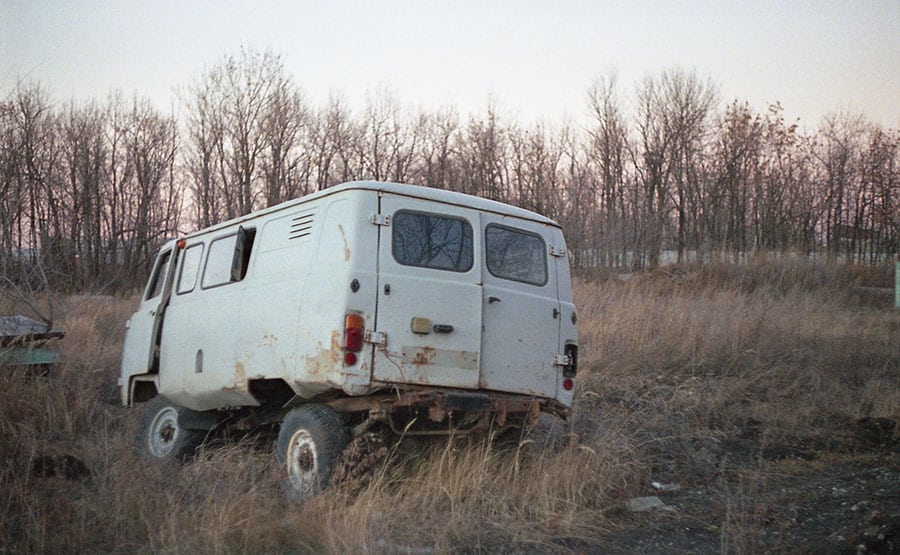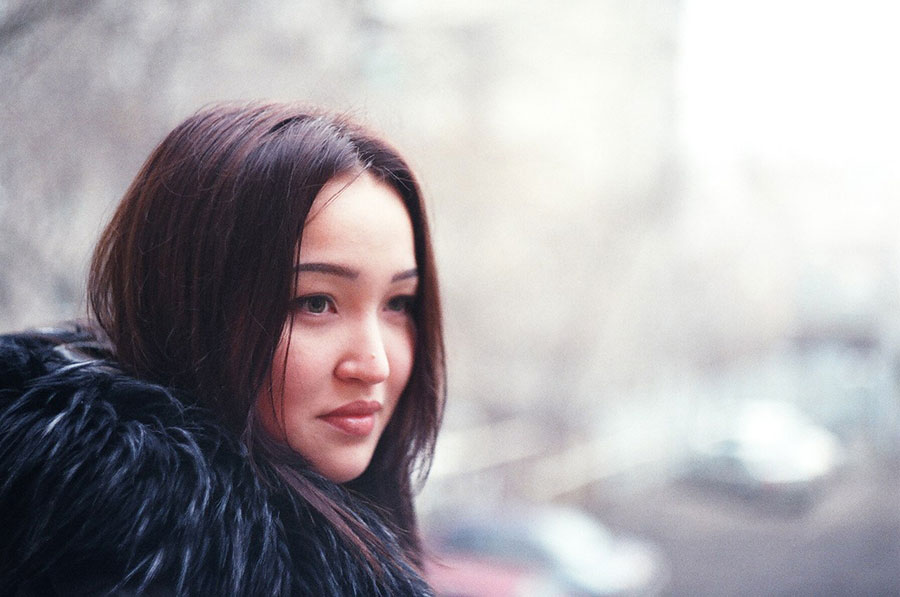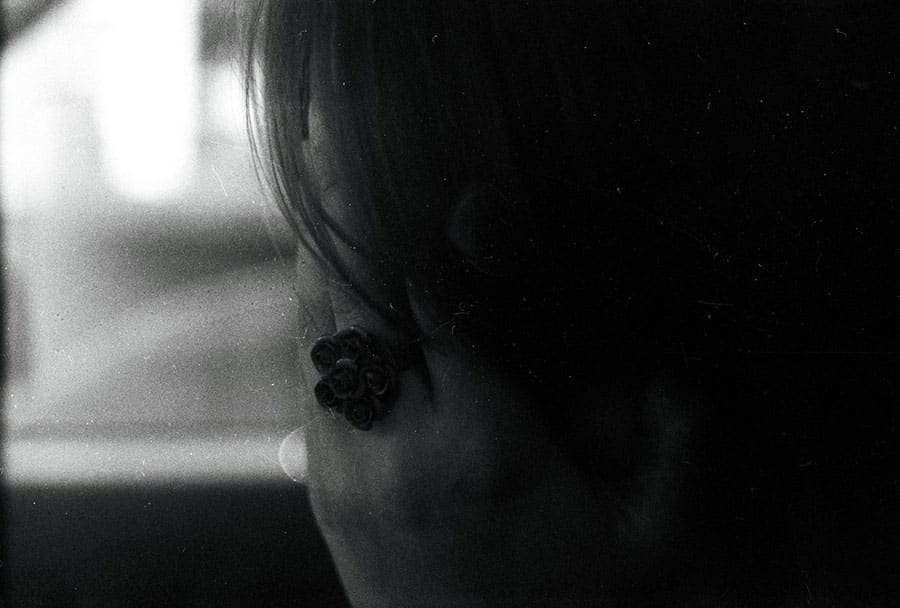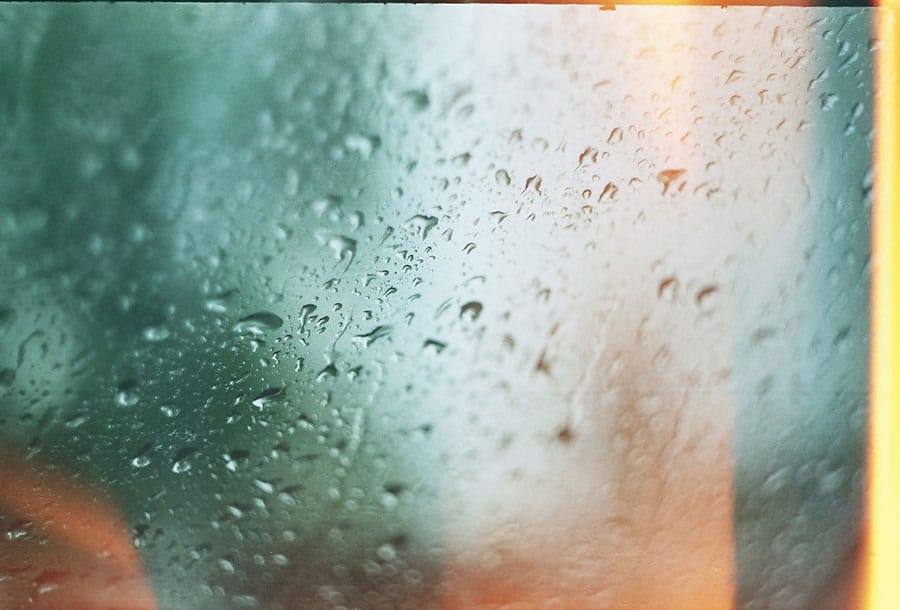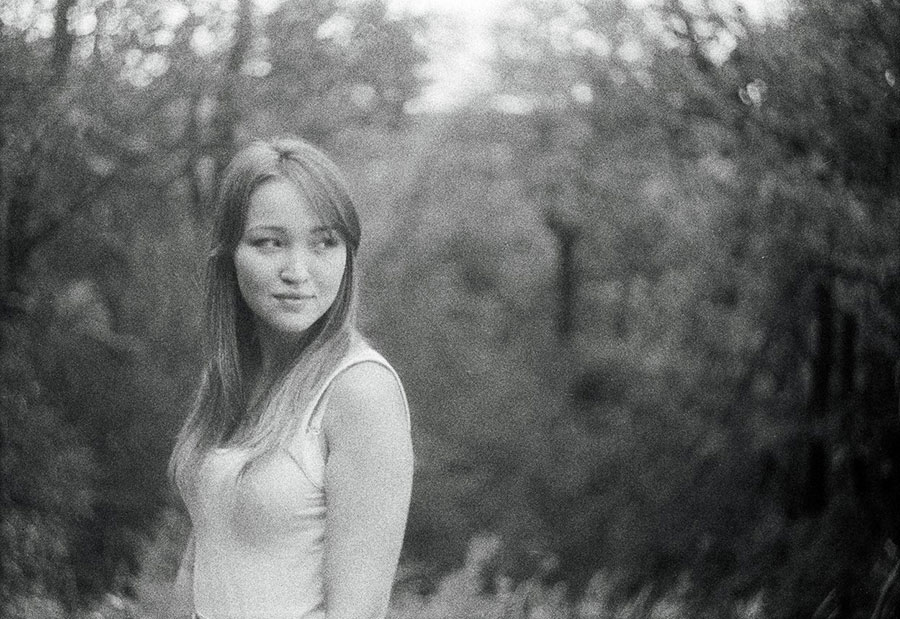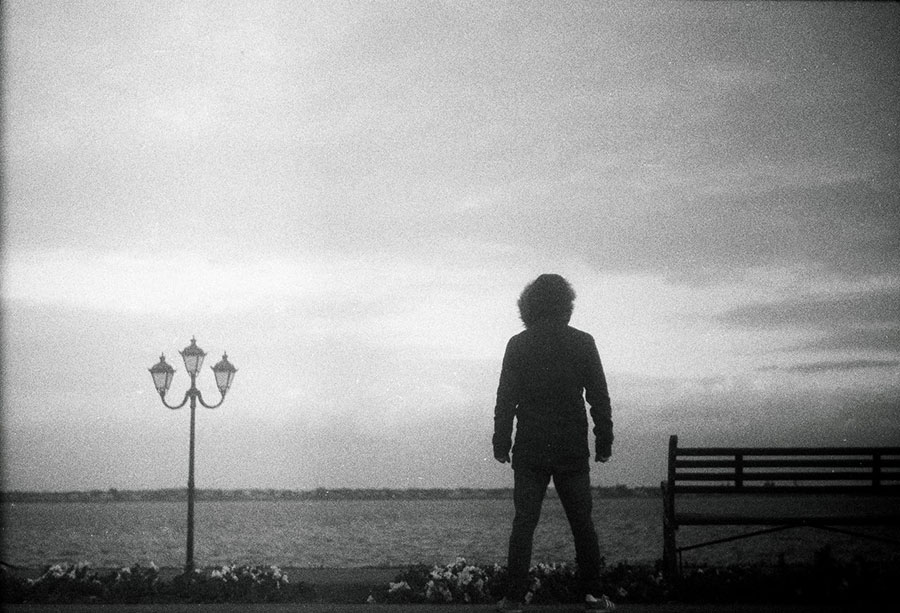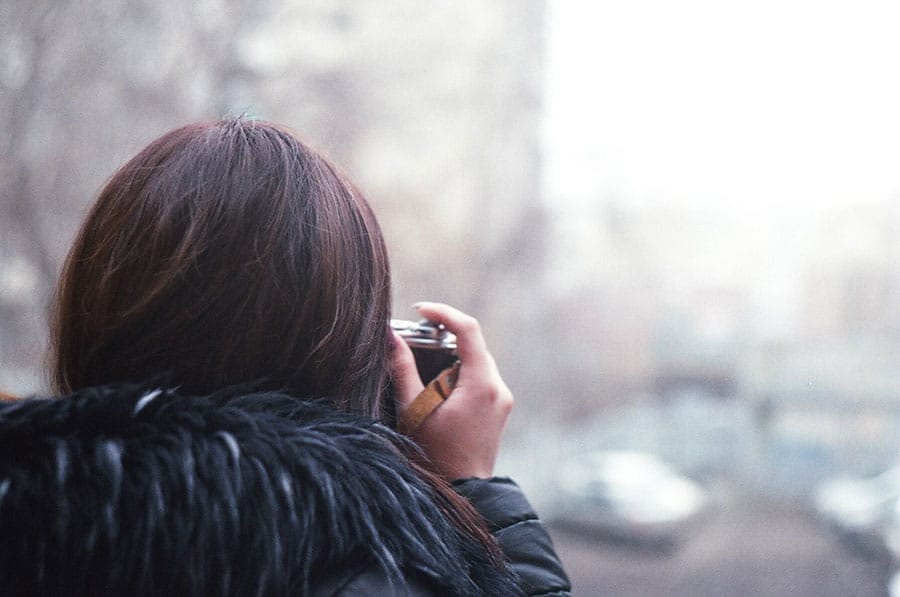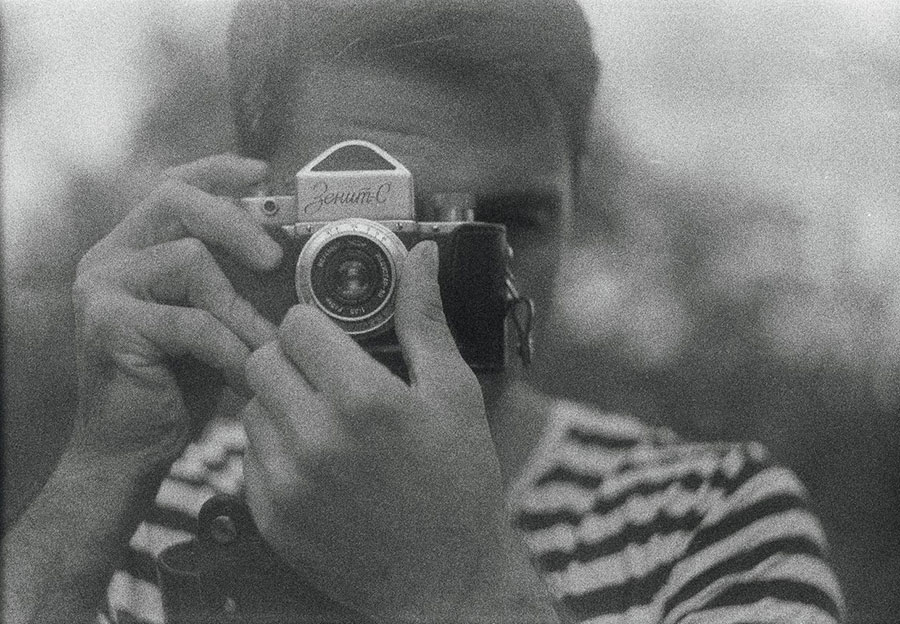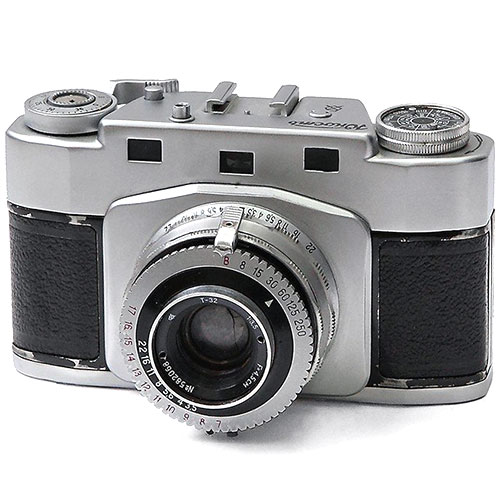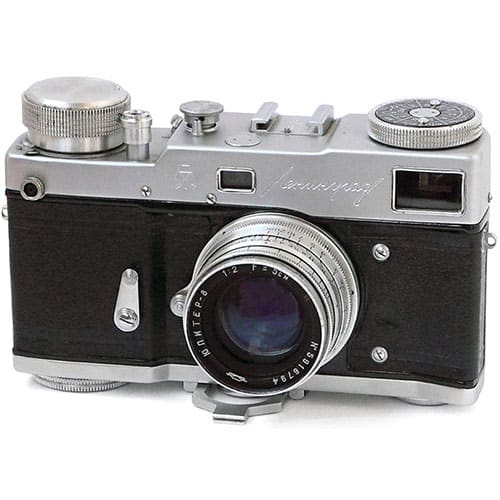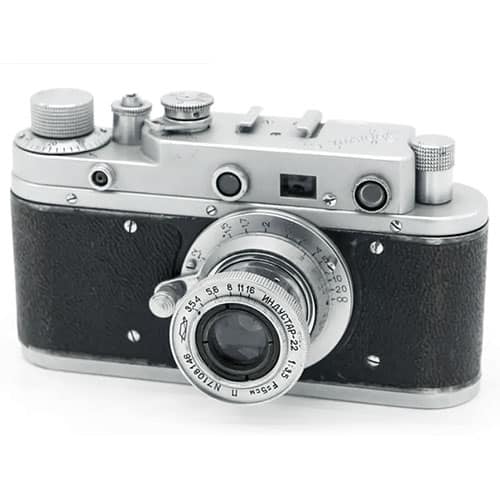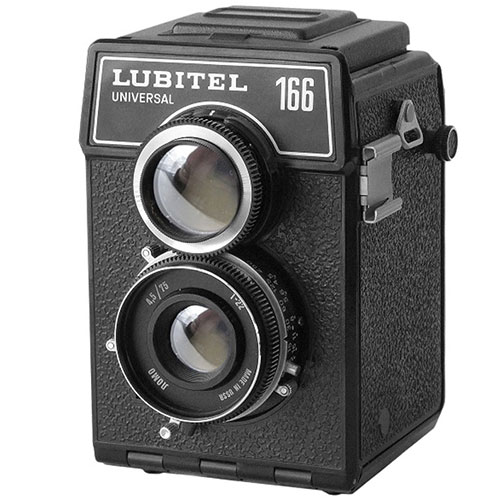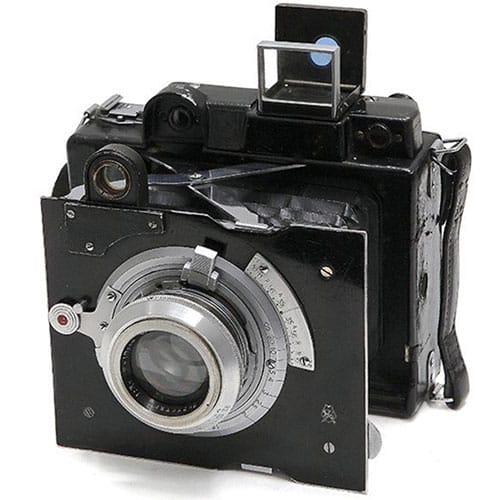Zenit-B
Zenit-B is a Soviet 35mm SLR camera manufactured at the Krasnogorsk Mechanical Plant (KMZ) from 1968 to 1973. It was a simplified version of Zenit-E without a selenium light meter.
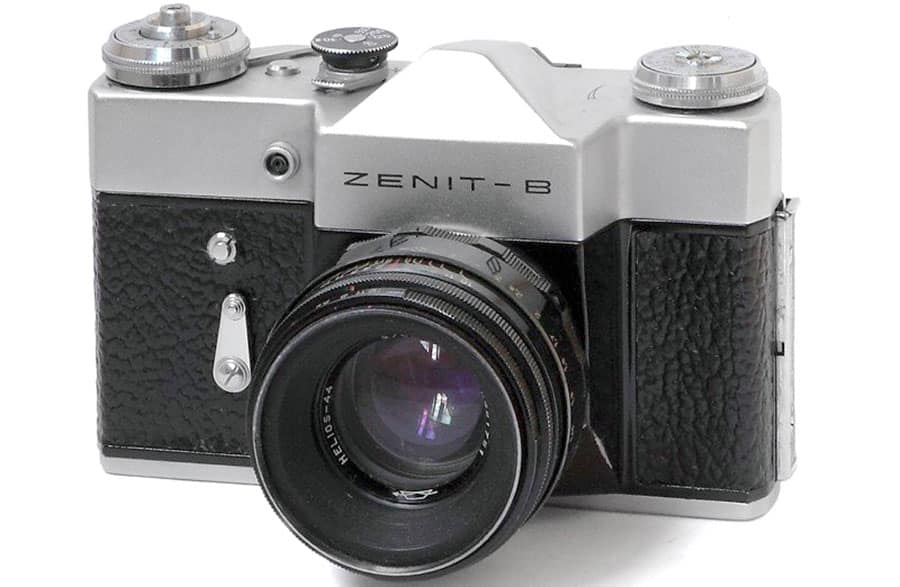
The fact is that even the super simple Zenit-E was beyond the means of Soviet citizens, and it was decided to make the same camera, but without a selenium exposure meter, and therefore Zenit-B appeared.
Zenit-B Specifications
- Type: 35mm SLR camera
- Manufacturer: KMZ plant
- Production period: from 1968 to 1973
- Format: 24x36cm on 135 film
- Lens mount: m42 thread mount
- Lens: Helios-44-2 f2.0/58
- Viewfinder image field size: 20×28mm
- Shutter: focal-plane shutter with speeds from 1/30 to 1/500 sec.
- Viewfinder: SLR with non-removable pentaprism
- Lighmeter: none
- Flash synchronisation: sync socket “X”, sync speeds from 1/30 s and longer.
- Selftimer: mechanical
- Weight: 920 grams
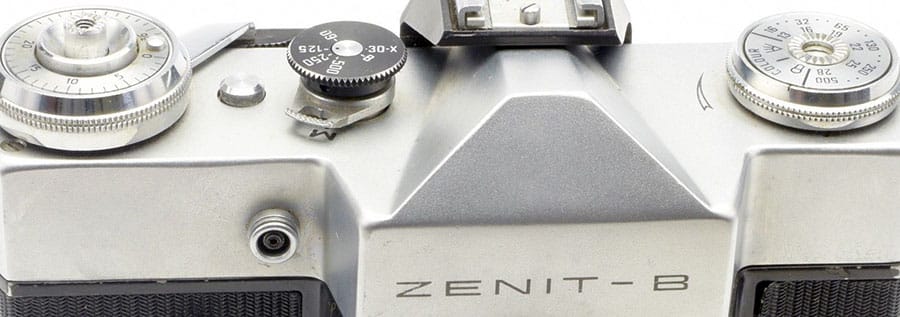
Both of these cameras were produced at the same time, and if a person could not afford Zenit-E, then he bought Zenit-B. In fact, these were some of the few SLR cameras available in the Soviet Union at the time. More sophisticated cameras appeared from time to time in the Soviet Union, but ordinary Soviet people could not afford them.
The Zenit-B camera was equipped with an Industar-50-2 3.5/50 or Helios-44-2 2/58 lens. The camera had an M42 threaded mount. This means that you can use a huge number of different lenses made in the Soviet Union and beyond the borders of this country.
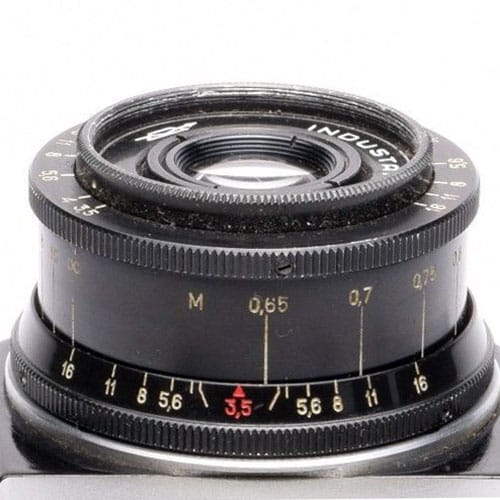
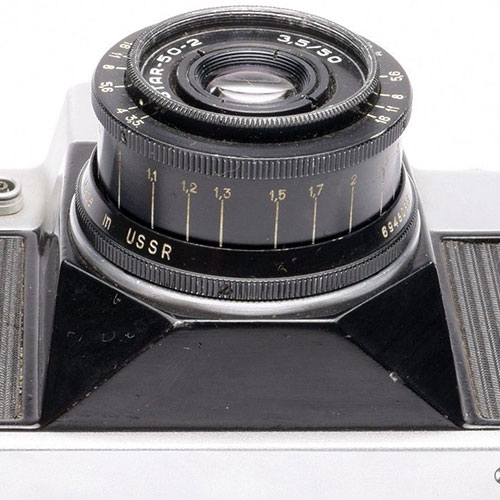
The camera is still equipped with a shutter with shutter speeds of 1/30, 1/60, 1/125, 1/250, 1/500, and B. Recall that this camera was produced in those years when a set of shutter speeds from 1 to 1/1000 second was considered normal for SLR cameras (for example, as in Minolta SR-T 101). Of course, this is not a very large set of shutter speeds, but this is quite enough for most purposes.
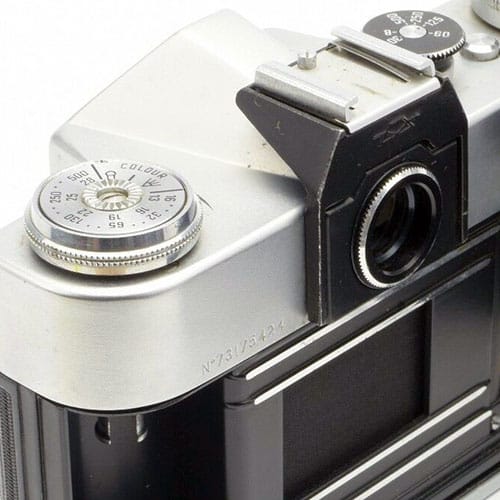
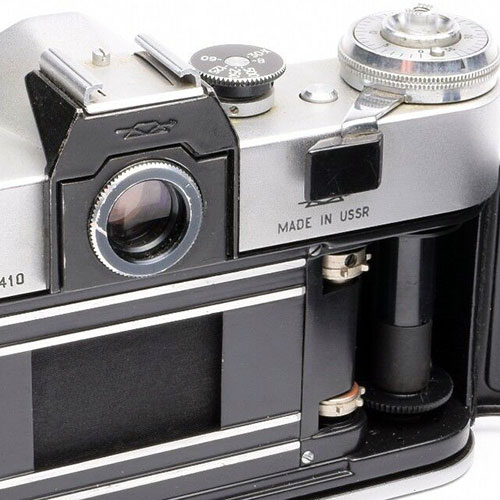
As already mentioned in the article about Zenit-E, starting with these models, SLR cameras manufactured at KMZ have become much less quality. This happened due to the fact that the number of produced copies increased, and quality control fell sharply. But it should be noted that in Soviet factories there has never been strong quality control.
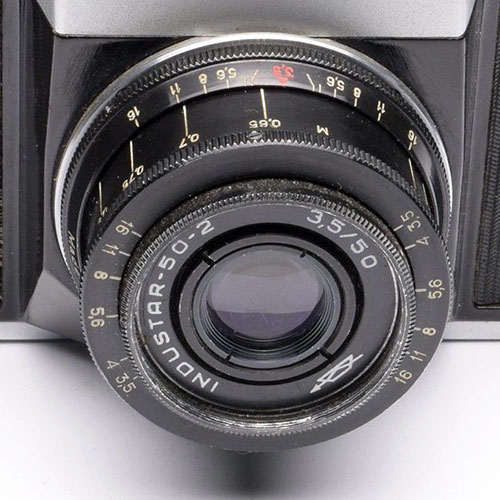
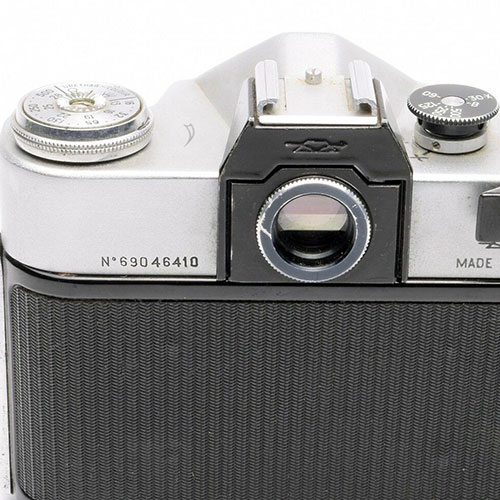
But despite all this, Zenit-B had a number of fairly strong advantages, the main of which was the simplicity and relative cheapness of the camera.
Like almost all Soviet cameras of those years, Zenit-B had almost everything that was needed for comfortable photography. Of course, the camera has few shutter speeds, but this is quite enough for photographing in normal light conditions.
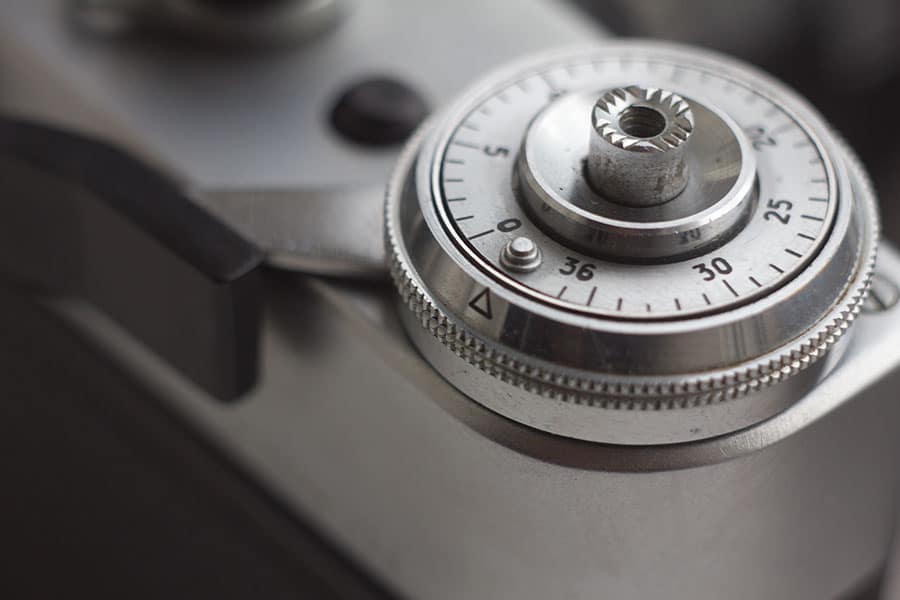
Due to the fact that the film in those years had small photosensitivity, shutter speeds faster than 1/500 second were not required. And due to the fact that a rare amateur photographer in the Soviet Union had a tripod, shutter speeds slower than 1/30 second were also not in demand.
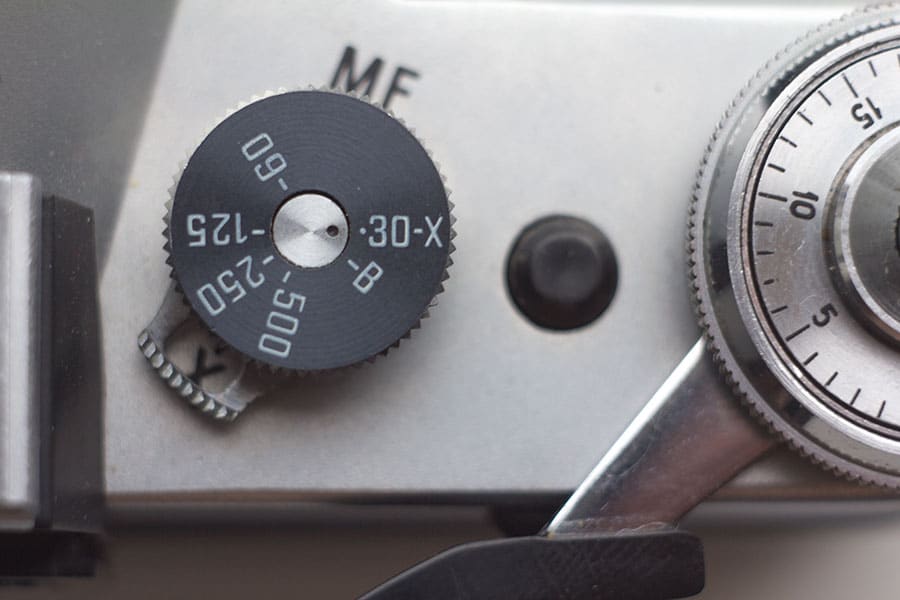
Conclusion
If you want to buy a Zenit-B, then probably you should buy it. But if you just want some kind of Soviet film camera, then the team of Sovietcameras.org advises you to turn your attention either to earlier models, as they were better in quality and more stylish, or to later models, because they were more comfortable.
ZENIT-B PHOTOS
